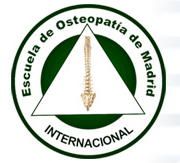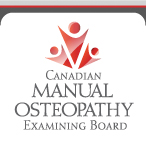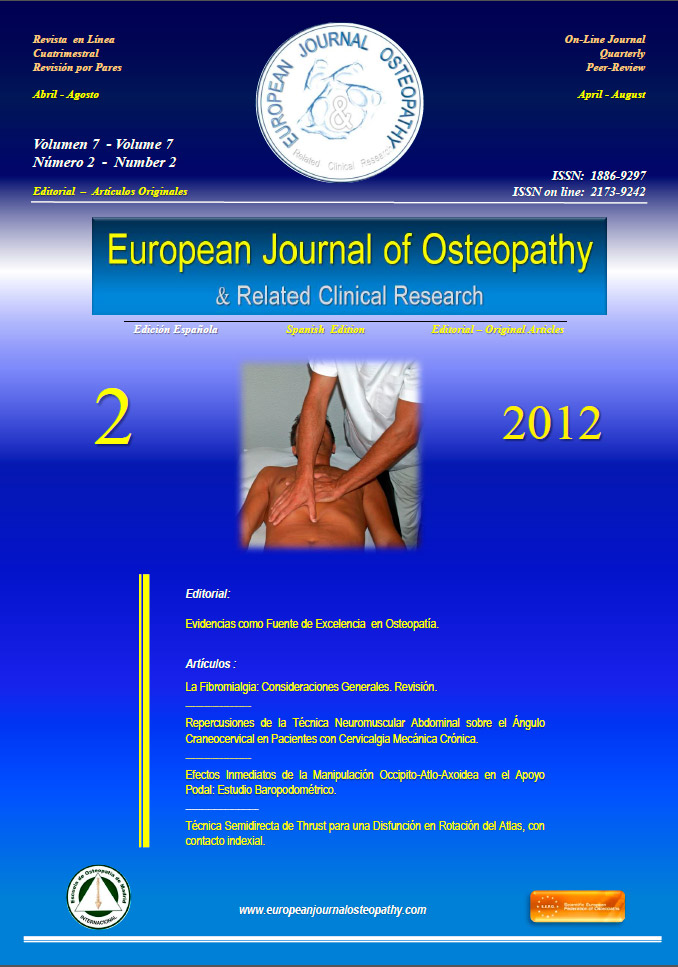By The Feldenkrais Method®: An Introduction
The Feldenkrais Method is an approach for improving both physical and mental functioning through the exploration of body movement patterns and the use of attention. It is based on the brain’s innate capacity for learning and the potential for lifelong development and growth. Movement is used as the medium toward understanding our habits and identifying, learning and acquiring alternatives that promote ease and well- being. The applications of the Feldenkrais Method range from reducing pain, improving neurologically-based difficulties and learning disabilities, and increasing mobility - to enhancing performance of professional athletes, dancers, musicians, and actors. People who come to do Feldenkrais® are referred to as students, rather than patients, because learning underlines the basis of the Method.
Origins and Development of the Feldenkrais Method
The Feldenkrais Method was developed by Dr. Moshe Feldenkrais. Born in Russia, Feldenkrais emigrated to Israel at the age of thirteen. After receiving degrees in mechanical and electrical engineering, he earned his D.Sc. in physics at the Sorbonne in Paris. He subsequently worked for a number of years in the French nuclear research program. Physically active, Feldenkrais played soccer and practiced the martial arts. He studied with Kano Jigoro, the originator of judo, and in 1936 became one of the first Europeans to earn a black belt in that discipline. A chronic knee injury prompted him to apply his knowledge of physics, body mechanics, neurology, learning theory and psychology to the body and mind. His investigations resulted in the formulation of a unique synthesis of science and aesthetics, known as the Feldenkrais Method.
The Process of Movement
A lesson could begin with a practitioner saying, “As you’re sitting, what are you aware of about your sitting? Perhaps it’s your back against the chair, or your feet on the floor, or your buttocks on the seat. Now bring your attention to what the back of the neck is doing; to what your chest is doing; to what your shins are doing.”
A students reply might be, “It is doing this.” Yet most often, it is “I have no idea what those parts are doing.” The answer indicates that we give little or no attention to certain parts of ourselves or we tend to notice the same parts habitually. The fact is our whole self is involved in everything we do, but we sense only certain parts of ourselves in our actions and it generally tends to be the same parts. Through a more even distribution of effort and force throughout our whole self, an overall enhancement of movement, action, and thought results.
The practitioner might continue. “While seated, without changing the placement of your feet, notice where you have placed your feet. Slowly come to standing. (You may find that it is impossible to get up without changing where your feet are placed.) Sit again, move your feet an inch closer together and come to standing. Move your feet back to where you started and then move them an inch further apart and come to standing. Can you observe that a different placement of your feet influences your ability to come to standing? You may notice the effects of this in your breathing, your jaw, your neck, your balance, or in the amount of effort required in each action. Slowly get up to standing as you look down. As you slowly get up, look up. Then get up looking right. Next, get up looking left. Can you sense that the different placement of your eyes affects how you come to standing?” This process would continue with more variations in order to help the student clarify, inform, and understand how one goes from sitting to standing.
The foundation of this kind of exploration is not the kind of learning based solely on information, rather it involves learning that can lead to a change in action, a change in thinking and feeling. The introduction of new variations awakens curiosity and teaches adaptation for continually altering circumstances. Rather than attempting to learn the “right way” of doing something, or “correcting” or “fixing,” a student can explore choices, options, and different ways of using himself. Thus, he can act more effectively and efficiently depending on the context and the intention in that moment.
The Feldenkrais Method utilizes attention in a learning environment that is safe, easy, and geared toward an appropriate degree of challenge. In this context, he can discover and shift habitual patterns that interfere with functioning. He becomes his own laboratory for developing understanding and awareness of his daily actions.
The Two Modalities of the Feldenkrais Method
There are two main modalities of learning in the Feldenkrais Method: Awareness Through Movement® and Functional Integration®.
Awareness Through Movement lessons are group sessions. Participants are verbally led through a series of structured movement sequences that utilize attention, perception, and imagination. Designed to evoke a more synergistic use of oneself, the lessons establish new patterns of movement. As lessons progress, participants become more aware of their movement habits, affording new patterns of behavior. There are more than a thousand different lessons with movement ranging from developmentally based patterns to innovative configurations. The movements are usually done lying down or sitting, and in a manner that recognizes each participant’s own pace and range of motion. Comfort, ease, and the quality of movement are the main criteria used as one is developing more inner authority.
The other modality, Functional Integration, is a one-to-one, hands-on interaction specifically designed to meet the needs of an individual. Practitioners primarily through the use of their hands, guide students to a new and more varied use of themselves. The quality of touch is noninvasive, and interactive in nature. Students usually lie or sit and are comfortably dressed. As with Awareness Through Movement group lessons, these individualized sessions use movement as the means to promote changes in patterns of thinking, sensing, feeling, and interacting with others.
Benefits of the Feldenkrais Method
The Feldenkrais Method aims to improve physical and mental functioning. It is applicable to anyone wanting to enhance the quality of his or her everyday life and activities. People from many different walks of life do Feldenkrais®. They report results of increased vitality, enhancement of self-image, better breathing and posture, greater flexibility and range of motion, and reduction of pain. By bringing attention to the process of movement, students usually feel lighter and more graceful, and have greater ease and effectiveness in turning their intentions into actions.
Origins and Development of the Feldenkrais Method
The Feldenkrais Method was developed by Dr. Moshe Feldenkrais. Born in Russia, Feldenkrais emigrated to Israel at the age of thirteen. After receiving degrees in mechanical and electrical engineering, he earned his D.Sc. in physics at the Sorbonne in Paris. He subsequently worked for a number of years in the French nuclear research program. Physically active, Feldenkrais played soccer and practiced the martial arts. He studied with Kano Jigoro, the originator of judo, and in 1936 became one of the first Europeans to earn a black belt in that discipline. A chronic knee injury prompted him to apply his knowledge of physics, body mechanics, neurology, learning theory and psychology to the body and mind. His investigations resulted in the formulation of a unique synthesis of science and aesthetics, known as the Feldenkrais Method.
The Process of Movement
A lesson could begin with a practitioner saying, “As you’re sitting, what are you aware of about your sitting? Perhaps it’s your back against the chair, or your feet on the floor, or your buttocks on the seat. Now bring your attention to what the back of the neck is doing; to what your chest is doing; to what your shins are doing.”
A students reply might be, “It is doing this.” Yet most often, it is “I have no idea what those parts are doing.” The answer indicates that we give little or no attention to certain parts of ourselves or we tend to notice the same parts habitually. The fact is our whole self is involved in everything we do, but we sense only certain parts of ourselves in our actions and it generally tends to be the same parts. Through a more even distribution of effort and force throughout our whole self, an overall enhancement of movement, action, and thought results.
The practitioner might continue. “While seated, without changing the placement of your feet, notice where you have placed your feet. Slowly come to standing. (You may find that it is impossible to get up without changing where your feet are placed.) Sit again, move your feet an inch closer together and come to standing. Move your feet back to where you started and then move them an inch further apart and come to standing. Can you observe that a different placement of your feet influences your ability to come to standing? You may notice the effects of this in your breathing, your jaw, your neck, your balance, or in the amount of effort required in each action. Slowly get up to standing as you look down. As you slowly get up, look up. Then get up looking right. Next, get up looking left. Can you sense that the different placement of your eyes affects how you come to standing?” This process would continue with more variations in order to help the student clarify, inform, and understand how one goes from sitting to standing.
The foundation of this kind of exploration is not the kind of learning based solely on information, rather it involves learning that can lead to a change in action, a change in thinking and feeling. The introduction of new variations awakens curiosity and teaches adaptation for continually altering circumstances. Rather than attempting to learn the “right way” of doing something, or “correcting” or “fixing,” a student can explore choices, options, and different ways of using himself. Thus, he can act more effectively and efficiently depending on the context and the intention in that moment.
The Feldenkrais Method utilizes attention in a learning environment that is safe, easy, and geared toward an appropriate degree of challenge. In this context, he can discover and shift habitual patterns that interfere with functioning. He becomes his own laboratory for developing understanding and awareness of his daily actions.
The Two Modalities of the Feldenkrais Method
There are two main modalities of learning in the Feldenkrais Method: Awareness Through Movement® and Functional Integration®.
Awareness Through Movement lessons are group sessions. Participants are verbally led through a series of structured movement sequences that utilize attention, perception, and imagination. Designed to evoke a more synergistic use of oneself, the lessons establish new patterns of movement. As lessons progress, participants become more aware of their movement habits, affording new patterns of behavior. There are more than a thousand different lessons with movement ranging from developmentally based patterns to innovative configurations. The movements are usually done lying down or sitting, and in a manner that recognizes each participant’s own pace and range of motion. Comfort, ease, and the quality of movement are the main criteria used as one is developing more inner authority.
The other modality, Functional Integration, is a one-to-one, hands-on interaction specifically designed to meet the needs of an individual. Practitioners primarily through the use of their hands, guide students to a new and more varied use of themselves. The quality of touch is noninvasive, and interactive in nature. Students usually lie or sit and are comfortably dressed. As with Awareness Through Movement group lessons, these individualized sessions use movement as the means to promote changes in patterns of thinking, sensing, feeling, and interacting with others.
Benefits of the Feldenkrais Method
The Feldenkrais Method aims to improve physical and mental functioning. It is applicable to anyone wanting to enhance the quality of his or her everyday life and activities. People from many different walks of life do Feldenkrais®. They report results of increased vitality, enhancement of self-image, better breathing and posture, greater flexibility and range of motion, and reduction of pain. By bringing attention to the process of movement, students usually feel lighter and more graceful, and have greater ease and effectiveness in turning their intentions into actions.
(Reprinted courtesy of Alan S. Questel and The Rosen Publishing Group, from The Illustrated Encyclopedia of Body-Mind Disciplines, June 1999. For more info, email rosenadmin@erols.com)








 4:55
4:55
 Daniel Enriquez de Guevara
Daniel Enriquez de Guevara




























.jpg)






















0 comentarios :
Publicar un comentario